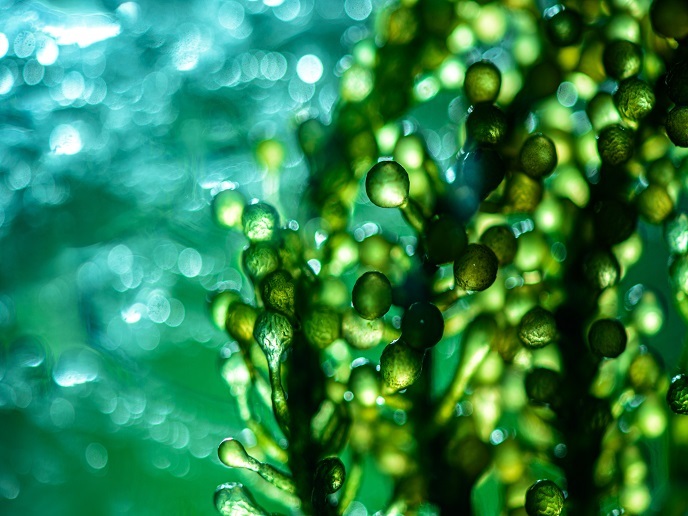Bio-based solution to ensuring healthy vineyards
Grapevines are not just the backbone of the wine industry; they are also a symbol of cultural heritage in many regions across Europe. Lurking beneath the lush foliage and fruit however lies a silent threat: grapevine trunk diseases (GTDs). GTDs are currently among the most significant health challenges for viticulture in the world. The threat posed by GTDs stems from their ability to infect the woody tissues of the vine. Once infected, these pathogens can cause a gradual decline in vine health, reduced vigour, and ultimately, crop loss. “These diseases, caused by various fungal pathogens, pose a significant risk to vine health and grape production,” explains BIOBESTicide project member Ahmed Taibi from Greencell in France. The BIOBESTicide project received funding from the Bio-based Industries Joint Undertaking, a public-private partnership between the EU and industry. “Besides this, the incidence of grapevine trunk diseases has increased over the last two decades, mainly after the ban of sodium arsenate, carbendazim and benomyl in the early 2000s. Since then, considerable efforts have been made to find alternative approaches to manage these diseases and limit their propagation. This makes them a serious challenge for grape growers and researchers alike.”
Eco-friendly bio-based pesticide
Biocontrol is a sustainable approach to fighting GTD-associated fungi. BIOBESTicide sought to develop new strategies to protect Europe’s vineyards and reduce our reliance on chemicals. This was achieved through the formulation of a cost-effective, eco-friendly bio-based pesticide. The project brought together partners from across a number of European countries. “As project coordinator, we were responsible for producing high-quality oospores, using a molasses-based culture media as a co-product,” says Taibi. These oospores – which are thick-walled sexual spores – were produced from a specific oomycete called Pythium oligandrum. P. oligandrum is a rhizospheric, non-pathogenic oomycete that colonises the root system of many cultivated plant species, including grapevine. An oomycete is a fungus-like microorganism.
Successful implementation in vineyards
The field trials sought to assess the effectiveness of the active substance over a 3-year period, from 2021 to 2023. A range of geographical locations were used across Czechia, Greece, Spain, France, Italy and Portugal. “Additionally, three supplementary trials were carried out,” adds Taibi. “These sought to evaluate the impact of the biocontrol agent on the physicochemical and organoleptic properties of wines derived from grapes produced in vineyards located in three different countries.” The product was shown to deliver comparable efficacy to existing biocontrol products on the market. Trials demonstrated promising efficacy in both nursery and field settings, with a reduction in vine wood necrosis symptoms of up to 78 %, according to Greencell. “We also found that the mode of action of P. oligandrum differs from biocontrol products based on the fungal species Trichoderma atroviride,” notes Taibi. “Unlike Trichoderma, P. oligandrum does not directly attack pathogens at the wound sites after vine pruning. Instead, it stimulates the plant’s defence system, leading to increased efficacy from year to year.”
Expertise in oospore production
Further field trials using a range of grape varieties, from across various geographic locations, are in the pipeline. More tailored formulations will be developed to increase the product’s efficacy. This will help to move the product closer to market approval. The registration process for the active substance is ongoing, and Greencell estimates that this could take another 1 to 2 years. “We will also continue working on studying the mode of action of this biocontrol on all phytopathogens affecting grapevines,” says Taibi. “This project enabled us to establish our expertise in the oospore production process, to produce sustainable effective biocontrol agents.”
Keywords
BIOBESTicide, vineyards, pesticide, wine, environment, grape, diseases, fungal







